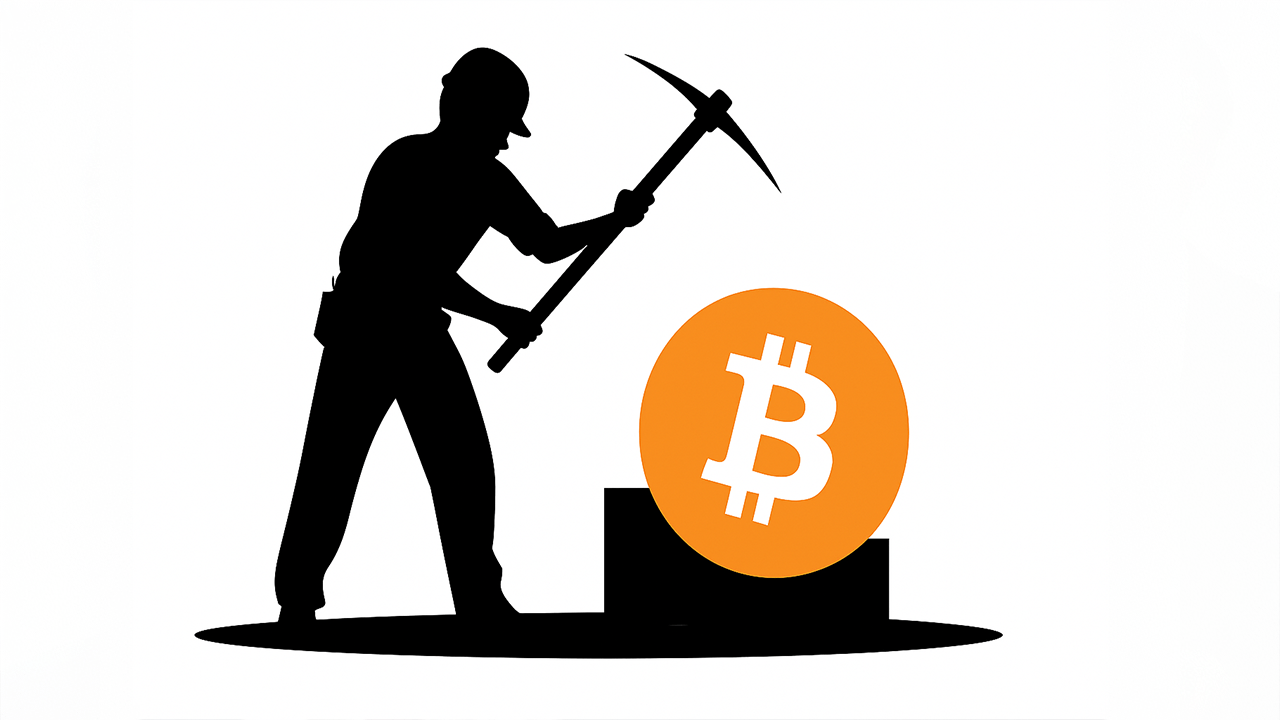The David vs. Goliath Story: When Solo Miners Conquer the Bitcoin Network
Introduction: The Underdog’s Triumph
In the vast and competitive world of Bitcoin mining, the narrative often revolves around massive mining pools that dominate the network with their colossal computational power. These pools, with their aggregated resources, seem like insurmountable giants in the mining landscape. However, amidst this dominance, there are occasional tales of solo miners—individuals or small groups—who defy the odds and successfully mine a block. These stories are not just statistical anomalies; they are powerful reminders of the decentralized ethos that underpins Bitcoin. They illustrate that, in the realm of cryptocurrency, even the smallest participant can make a significant impact, embodying the spirit of David taking on Goliath.
The Improbable Victory: Understanding Hashrate and Difficulty
At the heart of Bitcoin mining lies a complex cryptographic puzzle. Miners compete by generating hashes—essentially random guesses—until one meets the target set by the network’s difficulty. The higher the hashrate, measured in terahashes per second (TH/s), the more guesses a miner can make per second, increasing their chances of finding a valid block.
The network’s difficulty adjusts dynamically to ensure that, on average, a new block is mined every 10 minutes. As the overall hashrate of the network increases, the difficulty increases proportionally. This creates a constant arms race where miners invest in more powerful hardware to maintain their share of the block reward, while the network adapts to keep the block creation rate consistent.
In this landscape, a solo miner with a relatively low hashrate faces staggering odds. For instance, a miner with 48 TH/s successfully solving a block is a remarkable feat when compared to the total network hashrate, which often exceeds 600 exahashes per second (EH/s). The chances of this individual finding a block in any given 10-minute period are astronomically low.
Despite these long odds, solo miners do succeed. Their victories are not about brute force but rather about probability and persistence. Like winning a lottery, it’s a game of chance where even a single ticket can, against all expectations, hit the jackpot.
Tools of the Trade: Solo Mining Calculators and CKPool
Aspiring solo miners have several resources at their disposal to understand their odds and participate in the process. Solo mining calculators allow users to input their hashrate and see an estimate of how long it would take, on average, to find a block. These calculators provide a sobering but realistic assessment of the challenges involved.
One prominent platform that facilitates solo mining is CKPool. This pool allows individuals to direct their hashrate towards finding a block while retaining the full block reward if successful. Unlike traditional mining pools, which distribute rewards proportionally based on contributed hashrate, CKPool’s solo mode is a winner-takes-all approach. This high-risk, high-reward model appeals to those who are willing to gamble on their luck and technical skills.
CKPool and similar services provide the necessary infrastructure for solo miners, handling the complexities of block validation and transaction processing. They essentially provide the “lottery tickets” that allow individuals to participate in the Bitcoin mining game.
The Allure of Independence: Why Mine Solo?
Given the overwhelming odds, why do some individuals choose to mine Bitcoin solo? Several factors contribute to this decision:
– Ideological Purity: For some, solo mining is a statement of principle. It’s a way to directly participate in the Bitcoin network without relying on centralized mining pools, aligning with the original vision of a decentralized and permissionless system.
– The Thrill of the Gamble: The low probability of success makes the potential reward even more appealing. The prospect of finding a block and claiming the full block reward—worth hundreds of thousands of dollars—is a powerful motivator.
– Learning and Experimentation: Solo mining can be a valuable learning experience, providing insights into the technical aspects of Bitcoin mining and the workings of the network. It’s a hands-on way to understand the underlying technology.
– Avoiding Pool Fees: Mining pools typically charge fees for their services, reducing the overall profitability for miners. Solo miners, while facing lower odds, avoid these fees and keep the entire block reward if they are successful.
– Supporting Decentralization: By contributing to the overall diversity of the mining landscape, solo miners help to reduce the concentration of power in the hands of a few large pools, contributing to the network’s resilience and security.
Real-World Examples: David’s Triumphs in a Goliath World
The success stories of solo miners provide tangible evidence of the potential rewards. One notable example is the solo miner who solved block 907283 with only 48.3 TH/s. Another miner took home over \$260,000 after successfully mining a new block with only 126 TH/s. These events are widely reported in the Bitcoin community, inspiring others to try their luck and demonstrating that solo mining success is not just a theoretical possibility.
It’s important to note that such occurrences are rare. Data suggests that only a small fraction of Bitcoin blocks are solved by solo miners each year. However, the fact that they happen at all underscores the inherent randomness of the mining process and the potential for even small participants to make a significant contribution.
Conclusion: The Enduring Appeal of Decentralized Dreams
The landscape of Bitcoin mining is undeniably dominated by large pools with immense computational power. Yet, the stories of solo miners achieving success against all odds continue to resonate. These individuals, armed with modest hashrates and a spirit of independence, represent the enduring appeal of Bitcoin’s decentralized vision. While the odds are long, the potential rewards—both financial and ideological—continue to draw individuals to the challenge of solo mining, ensuring that the David vs. Goliath dynamic remains a part of the Bitcoin narrative. The allure of independence and the dream of striking gold keep the spirit of solo mining alive in the ever-evolving world of cryptocurrency.





